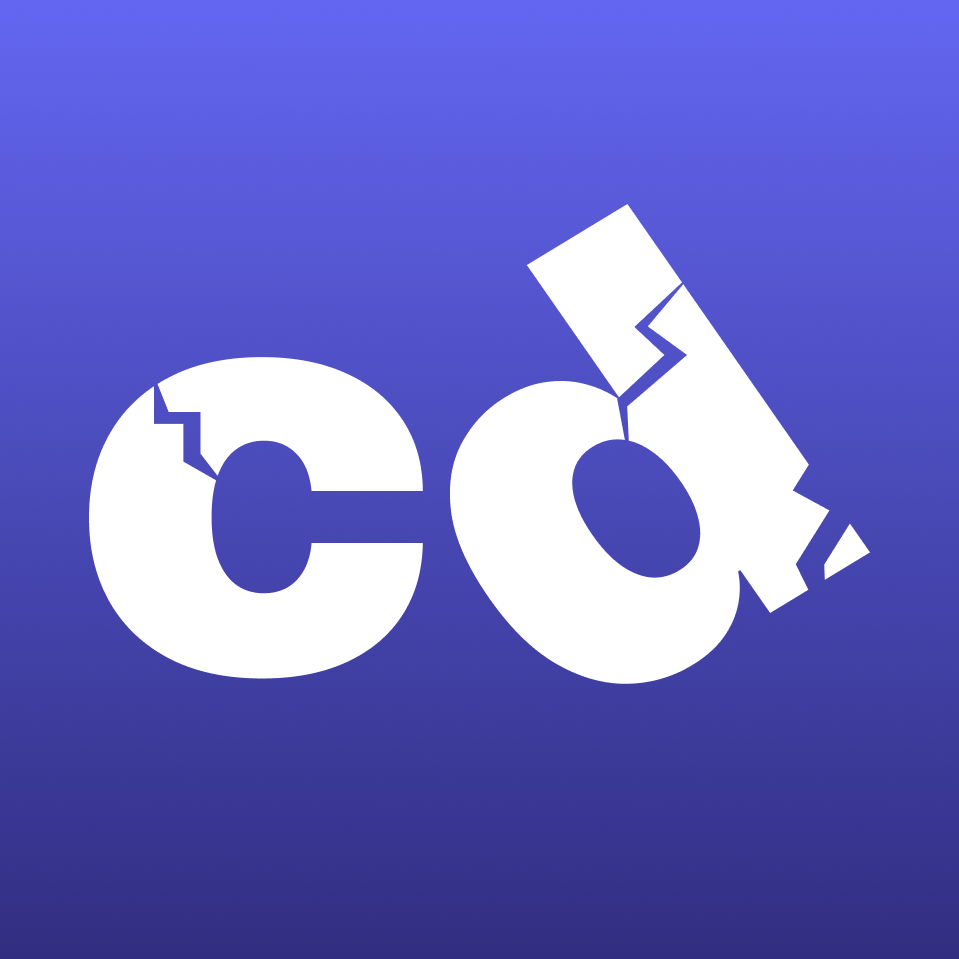How to Create a Standout LinkedIn Profile as a Developer
 CrackedDevs
CrackedDevs
Ever wondered how to make your LinkedIn profile stand out in the crowded tech world? Well, you're in the right place. Creating a standout LinkedIn profile as a developer isn't just about listing your job titles. It's about showcasing your skills, experiences, and personality in a way that attracts potential employers and connections. In this guide, we'll walk you through the steps to optimize your profile and get noticed.
To make your LinkedIn profile stand out, I recommend the following:
Understanding LinkedIn's Importance: Why LinkedIn is crucial for developers.
Profile Basics: Crafting a professional profile photo, headline, and summary.
Experience and Skills: Highlighting relevant job experiences and skills.
Projects and Certifications: Showcasing your work and credentials.
Engagement and Networking: Building connections and staying active.
Understanding LinkedIn's Importance
LinkedIn isn't just another social network; it's where people find jobs, and as a developer, you should be on it. As of 2024, there are over 58 million companies on LinkedIn, which naturally creates a good platform to find work. It’s important to have a strong LinkedIn presence as a developer because it’s where the recruiters are. They are not going through GitHub repo’s, or Codepen profiles.
Profile Basics
Solid Profile Picture: This is key, as most developers don’t even add profile pictures. Recruiters love to visualize who they are talking to, so by adding a friendly profile picture, you immediately put yourself at an advantage of getting a job. Additionally, make sure it has a simple background, otherwise it comes across as unprofessional.
Compelling Headline: Your headline is one of the first things people see. Instead of just stating your job title, add a little flair. For example, "Full-Stack Developer | React & Node.js Specialist | Passionate About Clean Code". Recruiters always love specialists, so stick to only one or two ‘main’ technologies, otherwise it’s hard to tell what your best technologies are.
Engaging Summary: This is your chance to tell your story. Write a summary that highlights your experience, skills, and what you're passionate about. It should feel similar to a cover letter, but less formal.
Clear Link To Resume: Make it easy for the recruiter to find your Resume. Also, make sure you use the CrackedDevs free AI resume review to ensure your resume is high quality
Custom URL: Create a custom LinkedIn URL. This not only looks professional but also makes it easier for people to find you. For example, linkedin.com/in/yourname.
Experience and Skills Section
Detailed Work Experience: Don't just list your job titles; describe your roles, responsibilities, and achievements. Use bullet points for clarity. Highlight any significant projects you've worked on and the technologies you used.
Skills Section: This is crucial. List your skills in order of proficiency, otherwise it’s hard for recruiters to tell what you are most skilled at. Also, try and get these skills endorsed by former employers, as it will provide more trust.
Projects and Certifications
Showcase Projects: Projects are arguably the most important thing to include on your LinkedIn. They show people that you can actually back what you are saying. Include links to your GitHub repositories, personal website, or any live projects you've worked on. Provide a brief description of each project, the technologies used, and your role.
Certifications and Courses: Add any relevant certifications or courses you've completed. Platforms like Coursera, Udemy, or even internal company training can be valuable. These show your commitment to continuous learning. One great resource for developers is CS50.
Engagement and Networking
Build Connections: Connect with colleagues, mentors, and other professionals in your industry. Personalize connection requests with a brief message explaining why you'd like to connect. Most people do not personalize messages, so this is a must if you want to stand out.
Stay Active: Engage with your network by sharing articles, commenting on posts, and participating in discussions. This keeps your profile active and increases your visibility.
Conclusion
Creating a standout LinkedIn profile as a developer takes some effort, but it's worth it. By optimizing your profile and actively engaging with your network, you can increase your visibility, showcase your skills, and attract potential employers. Remember, your LinkedIn profile is a living document – keep it updated with your latest achievements and skills.
FAQs
How often should I update my LinkedIn profile? Regularly! Aim to update it at least every few months or whenever you complete a new project or acquire a new skill.
What if I'm new to the industry? Focus on your education, any relevant projects, internships, and the skills you’ve developed. Engage with industry content to build your network.
How can I get endorsements for my skills? Endorse others, and often they'll return the favor. Also, don’t hesitate to ask colleagues or mentors to endorse you.
A well-crafted LinkedIn profile can be a powerful tool in your job search as a developer. It not only showcases your skills and experience but also helps you connect with potential employers and industry peers. Take the time to refine your profile, and you'll likely see a significant impact on your professional networking and job search efforts.
Subscribe to my newsletter
Read articles from CrackedDevs directly inside your inbox. Subscribe to the newsletter, and don't miss out.
Written by

CrackedDevs
CrackedDevs
We help thousands of developers find their next job. Explore our job board, tools, and resources to stand out and get hired.